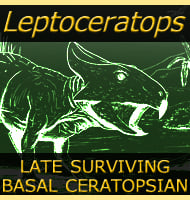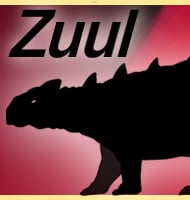Langobardisaurus
In Depth Langobardisaurus was a small prolacertid reptile that was very lightly built. The rear legs can be clearly seen to be much longer than the fore legs, and while a quadrupedal pose may have been more usual when resting, a bipedal stance would have been easily possible when running or rearing up searching for … Read more

